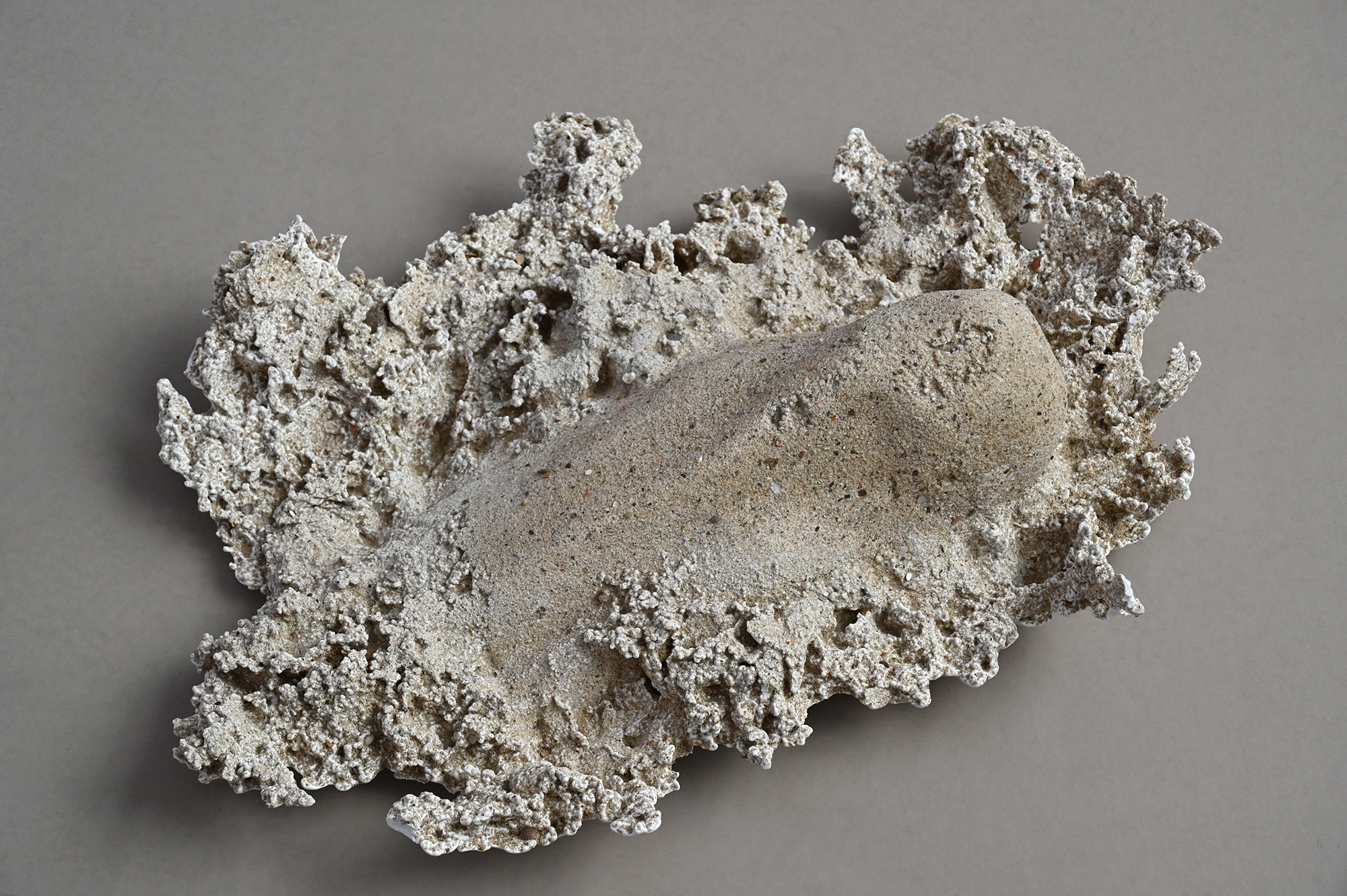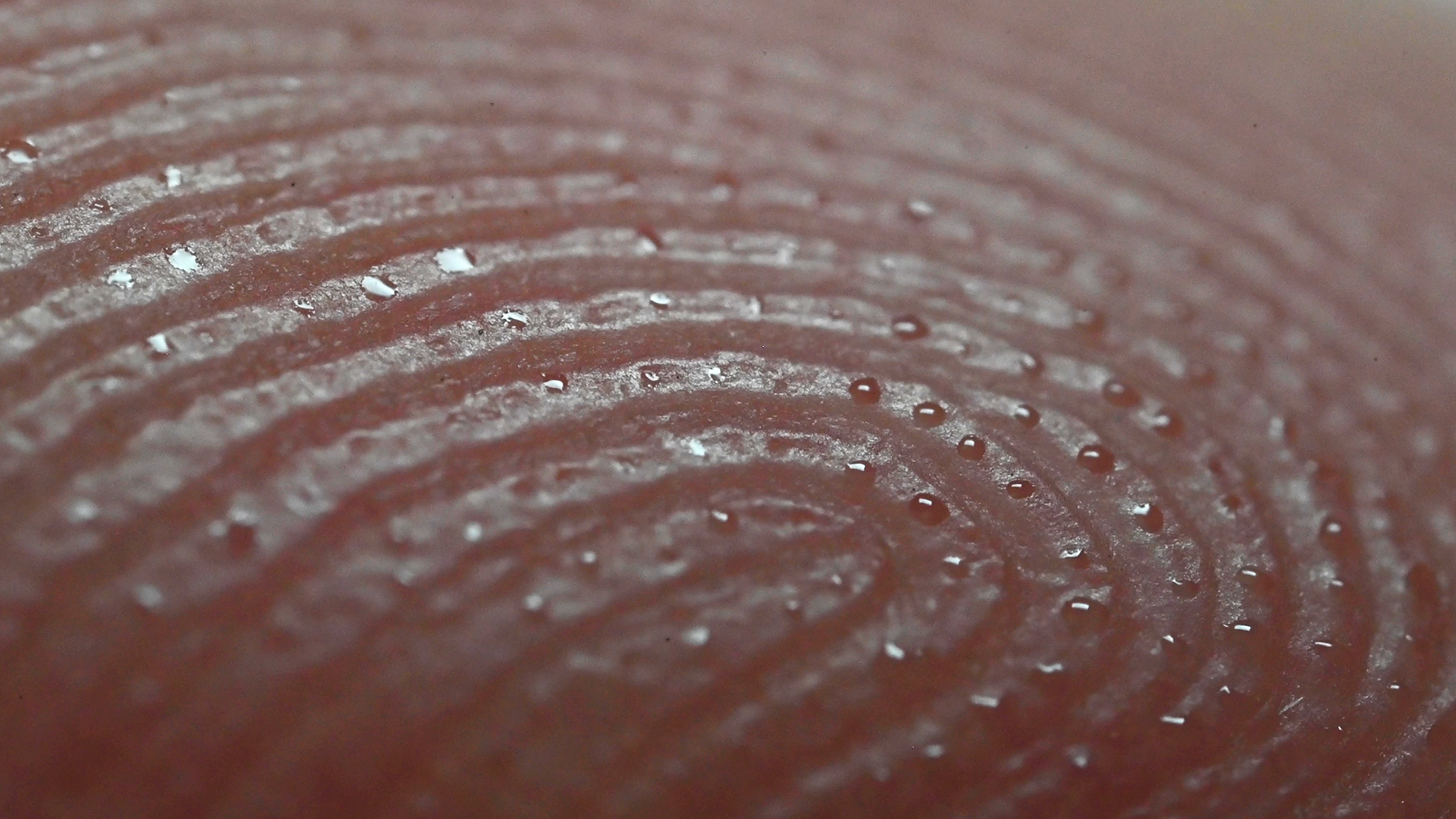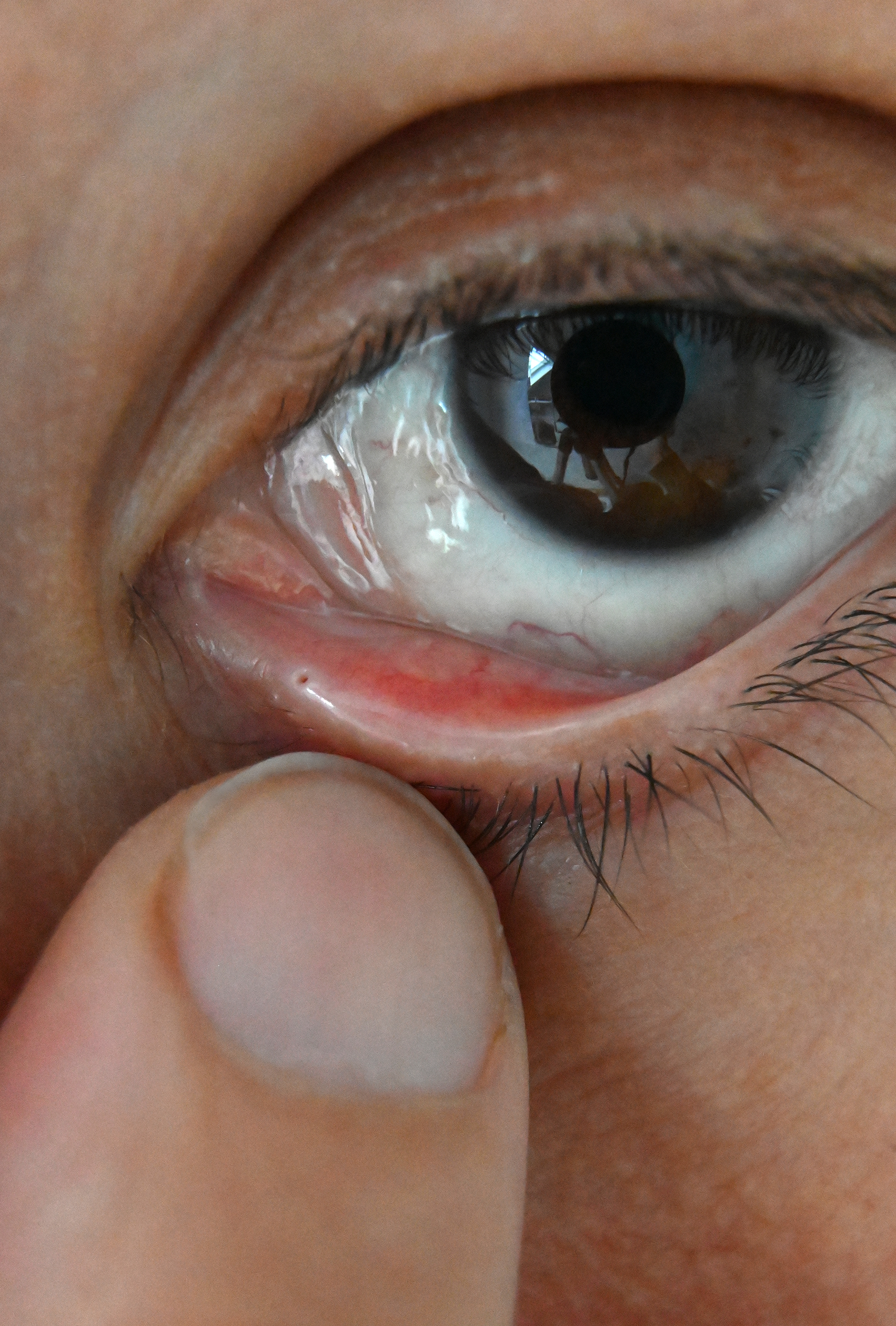Leaky Things
Solo exhibition - Thomas Rehbein Gallery 2021
Starting from the materiality of one's own body, its porosity and the fluids that bring it into constant exchange with its environment, Pauline M’barek's new works examine the human body as a sensitive interface between the self and the world. The exhibition Leaky Things shows a new spatial installation with objects, videos and photographic works, which focus on the permeable and unstable character of one's own perception in the form of microsensations, ephemeral events and processual stages. The work relies on procedures that aim to reduce as far as possible the distance between the body and its environment

Pauline M'barek undertakes various self-experiments that make porosity tangible and representable. Drawing on the history of microscopy, ancient natural philosophy, and feminist materialism, she favors material and phenomenological approaches to the body, which is both object and subject of inquiry, and conceives of embodiment as an incessant form of becoming. The exhibition deliberately chooses experimental forms, foregrounding not completed works but transitory stages of artistic research in flux. Just as bodies are conceived here as sites of exchange and traversal, so too the works are not to be understood as clearly delineated and self-contained entities, but as an open arrangement of communicating forms - as leaky things.

Corporeality is transitive, it goes beyond itself, is in connection with other bodies. The experience and perception of the porosity of the body through the senses is the subject of investigation in Pauline M’barek's work, always simultaneously interweaving the personal and political, material and semiotic dimensions. Thus, she is interested in the transitional stages and interstices in which matter combines to the point of indistinguishability with other bodies, liquid and solid. Bodies are conceived here as fleshy, dripping, and overflowing, or shown flooded with light. Their boundaries prove to be permeable and vulnerable; they are literally engaged in metabolism with their environment.


Fluids play a particularly important role here. Not only do human bodies consist mainly of water. It is also fluids that bring them into exchange with their environment. As Astrida Neimanis’ book Bodies of Water (2020) impressively demonstrates, the idea of a "watery corporeality," present in multiple forms in Pauline M'barek's research, upsets the defining humanist understanding of embodiment as autonomous, coherent, and clearly delineated individuals.
Rather, the focus here is on bodies as permeable systems that breathe, tear, and sweat. They are affected by environmental phenomena such as light and fluids, and, in an altered state, act upon substances and leave traces.

Starting from the smallest human openings - the pores of the skin - Pauline M’barek investigates the way in which we are in constant contact and exchange with the environment through the skin as a membrane, and are thus penetrated, impregnated and touched. Supported by historical research, she approaches her own skin surface in cinematic form to investigate micro-sensations and physical phenomena such as evaporation, perspiration, diffusion and osmosis.

In her experiments, Pauline M'barek reduces as much as possible the distance between the environment and the body. In the form of pulsating light projections, flowing forms, and fine-pored structures, things thus prove to be tactile and porous.
Thus, in the sense of anthropologist Tim Ingold, the body becomes visible in her exhibition as a "leaky thing": "Things can exist and persist only because they leak: that is because of the interchange of materials across the surfaces by which they differentiate themselves from the surrounding medium. The bodies of organisms and other things leak continually, indeed, their lives depend on it."
